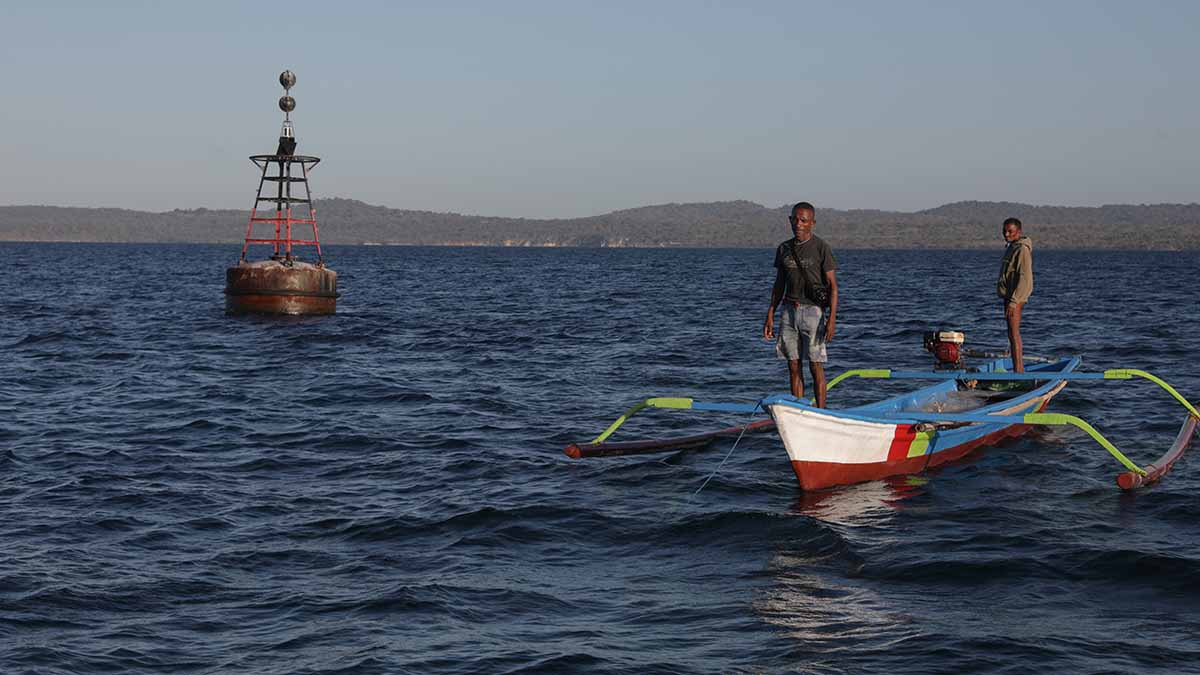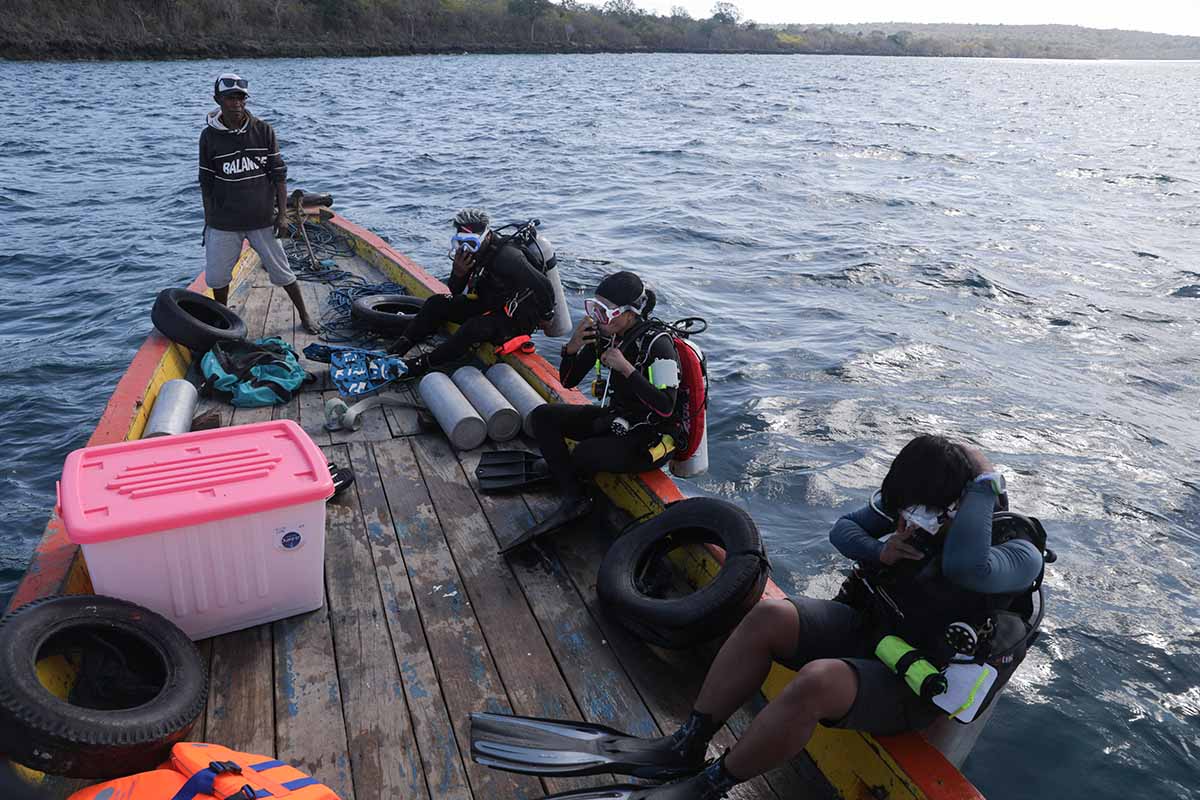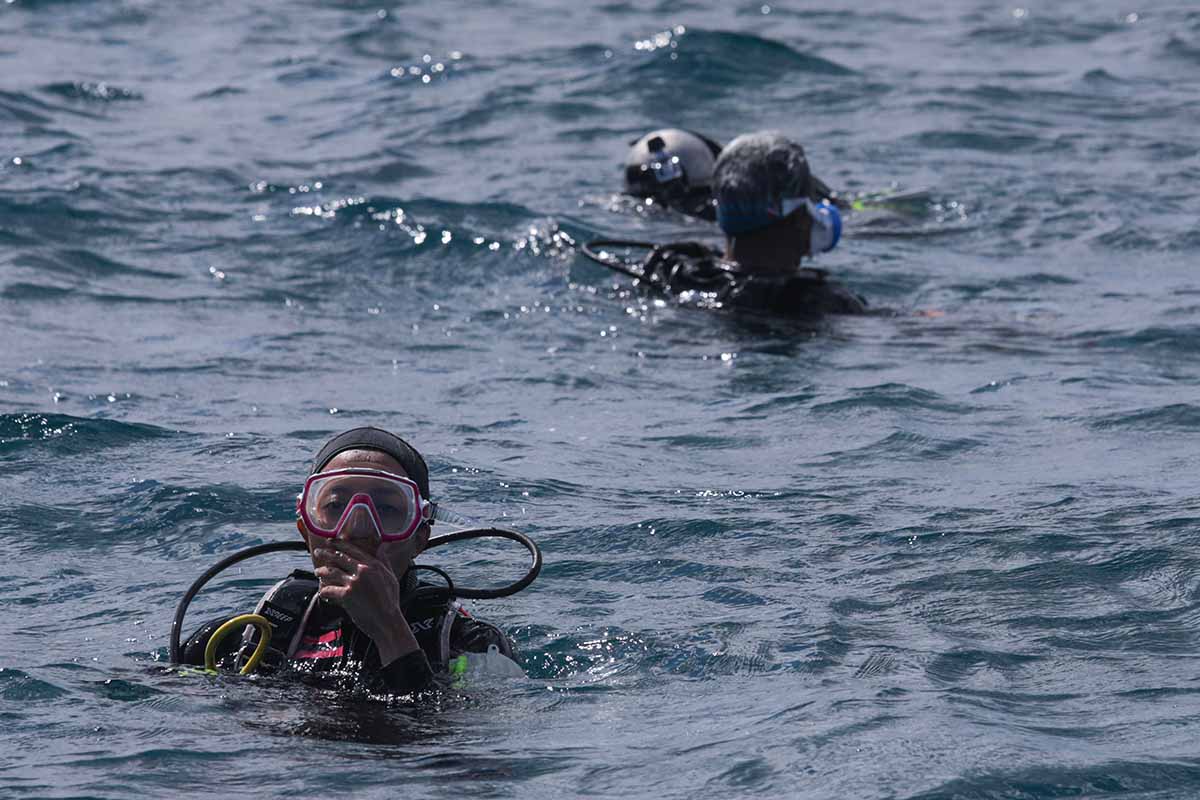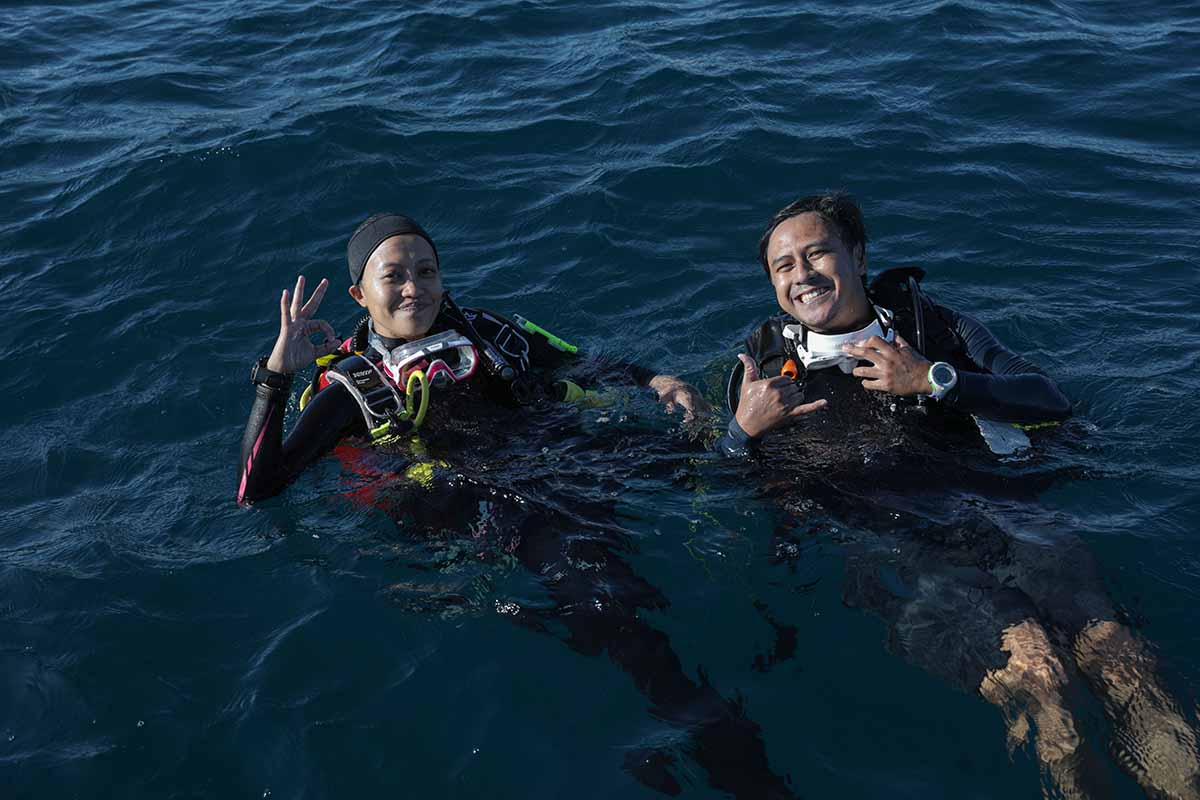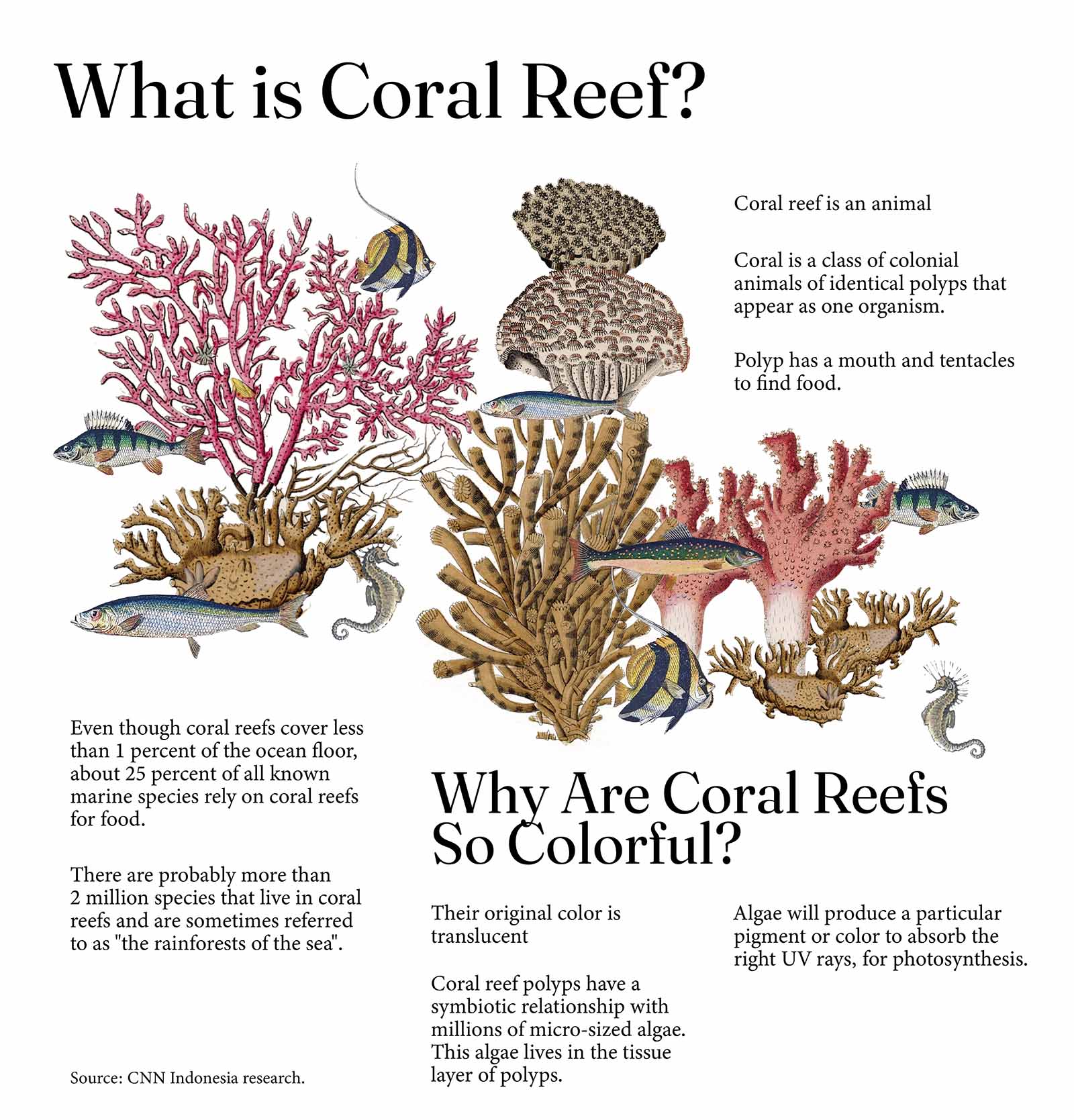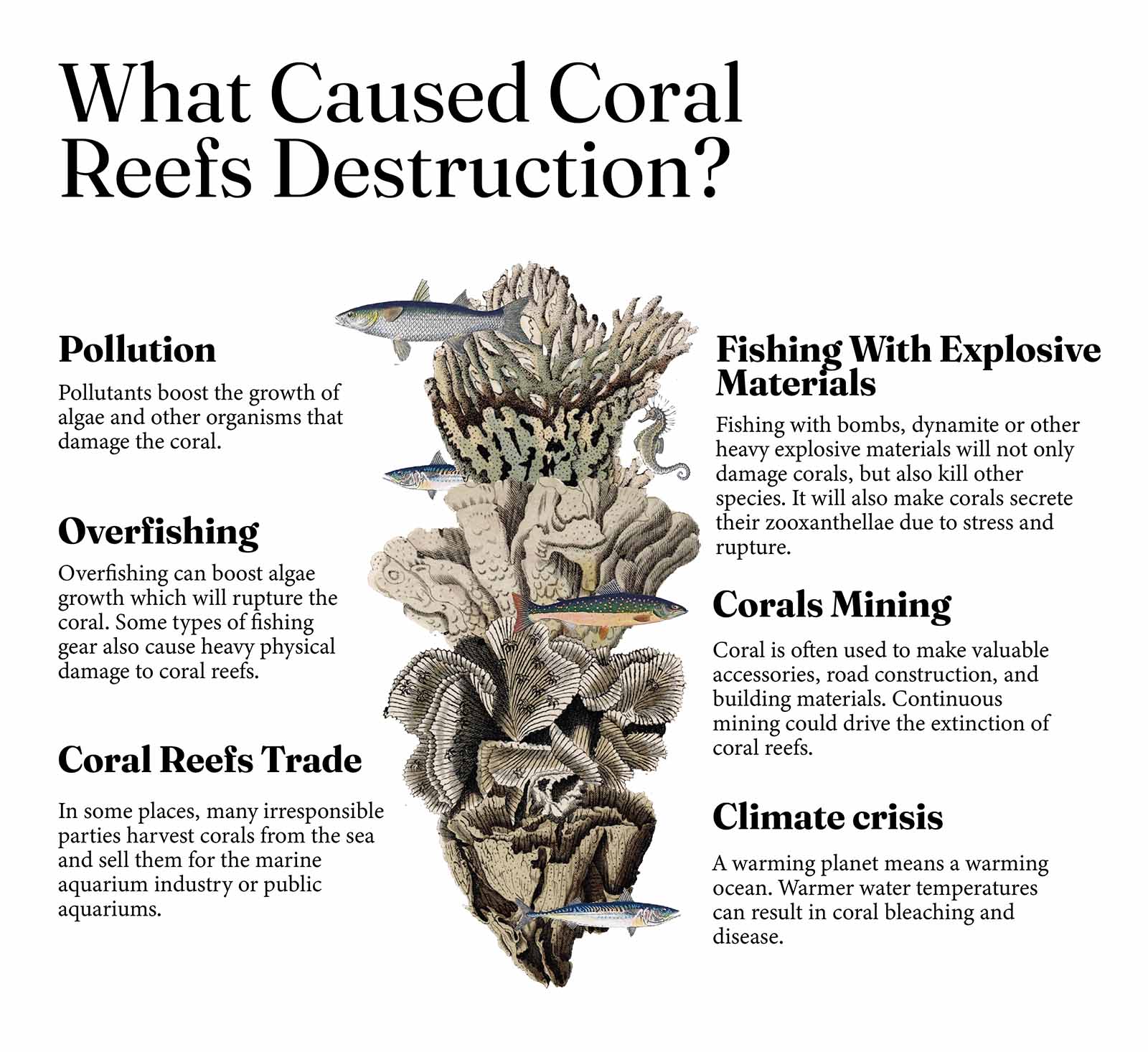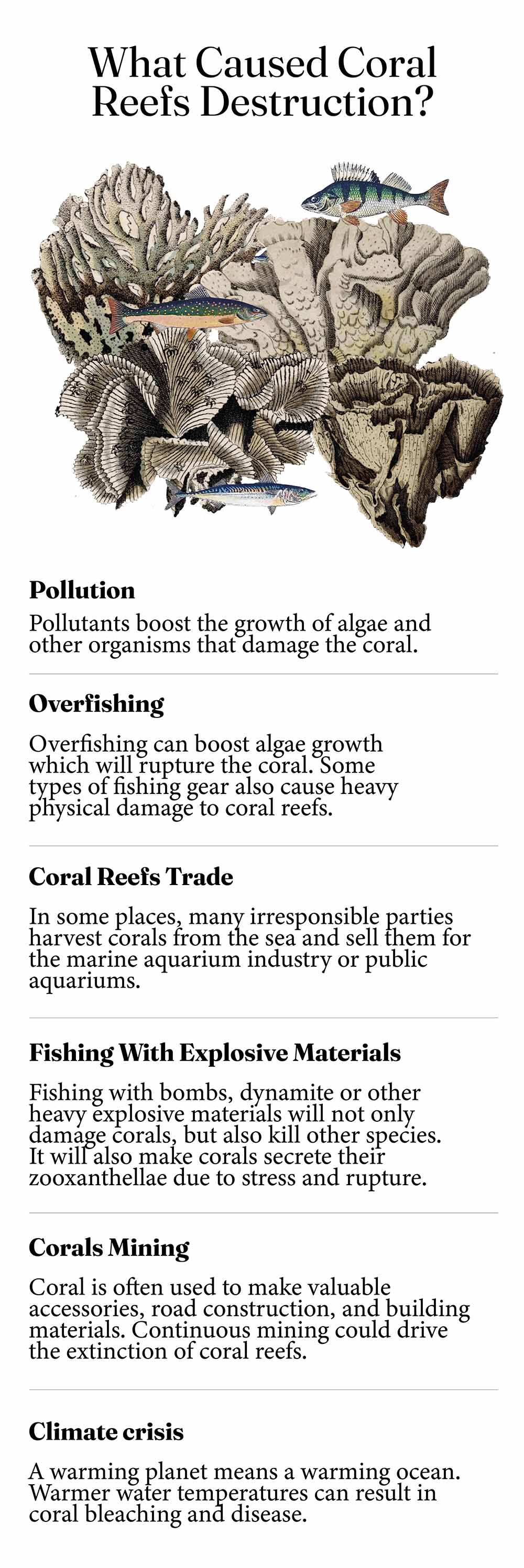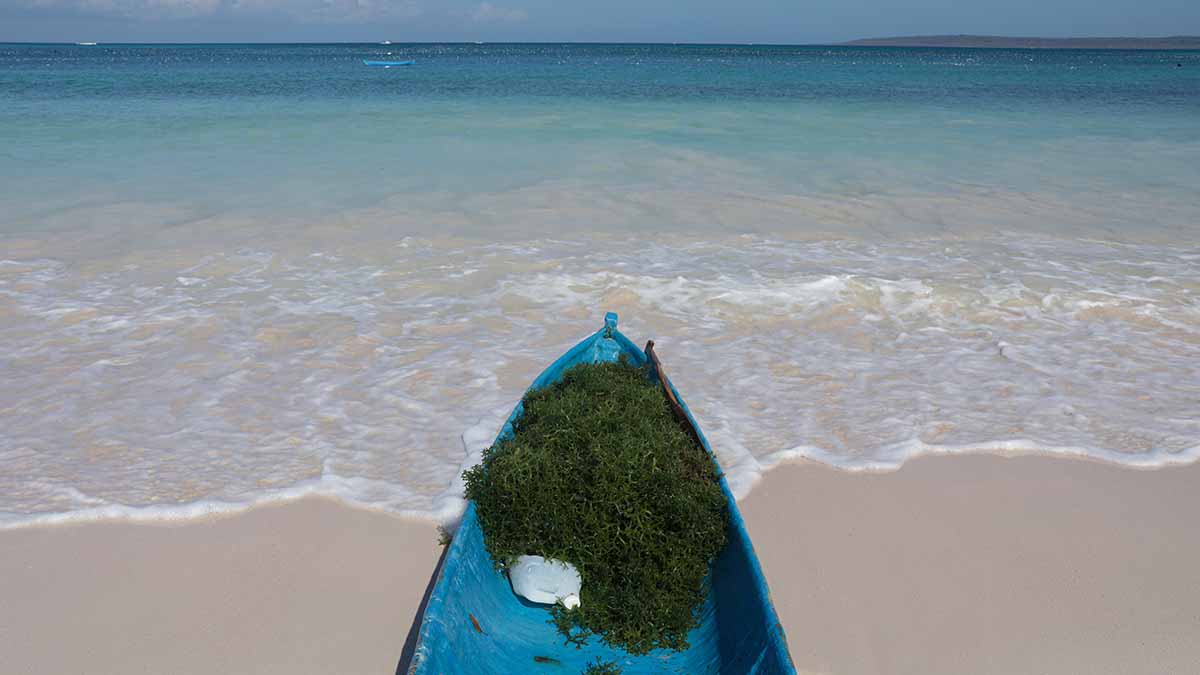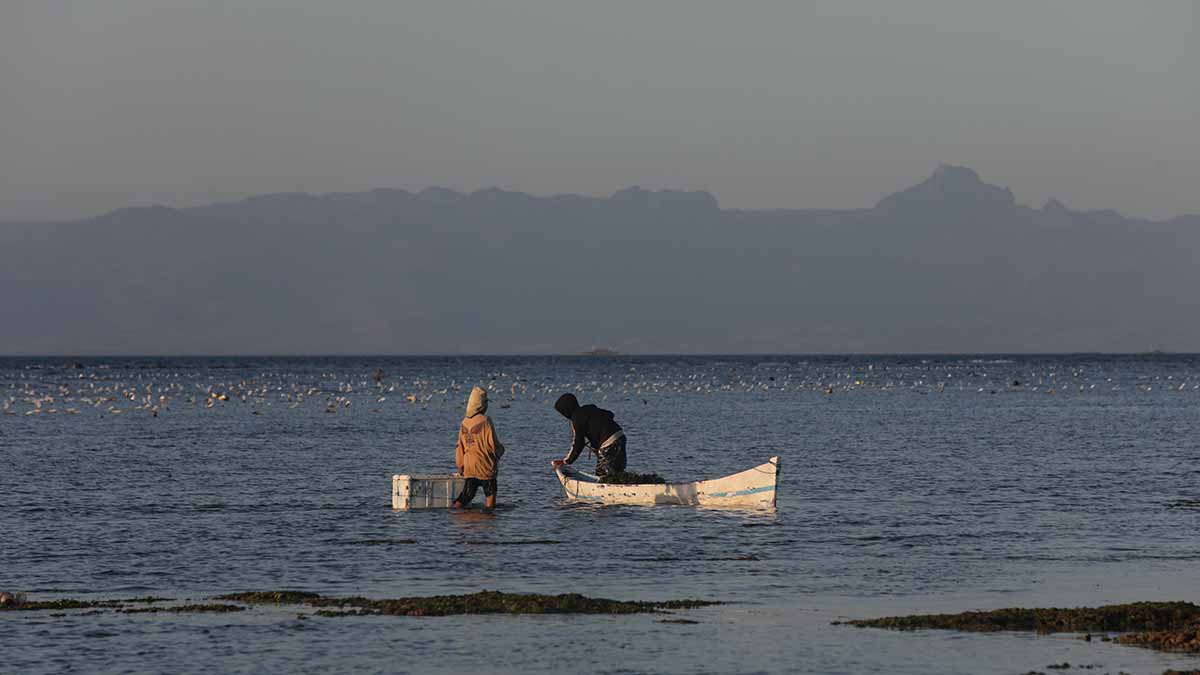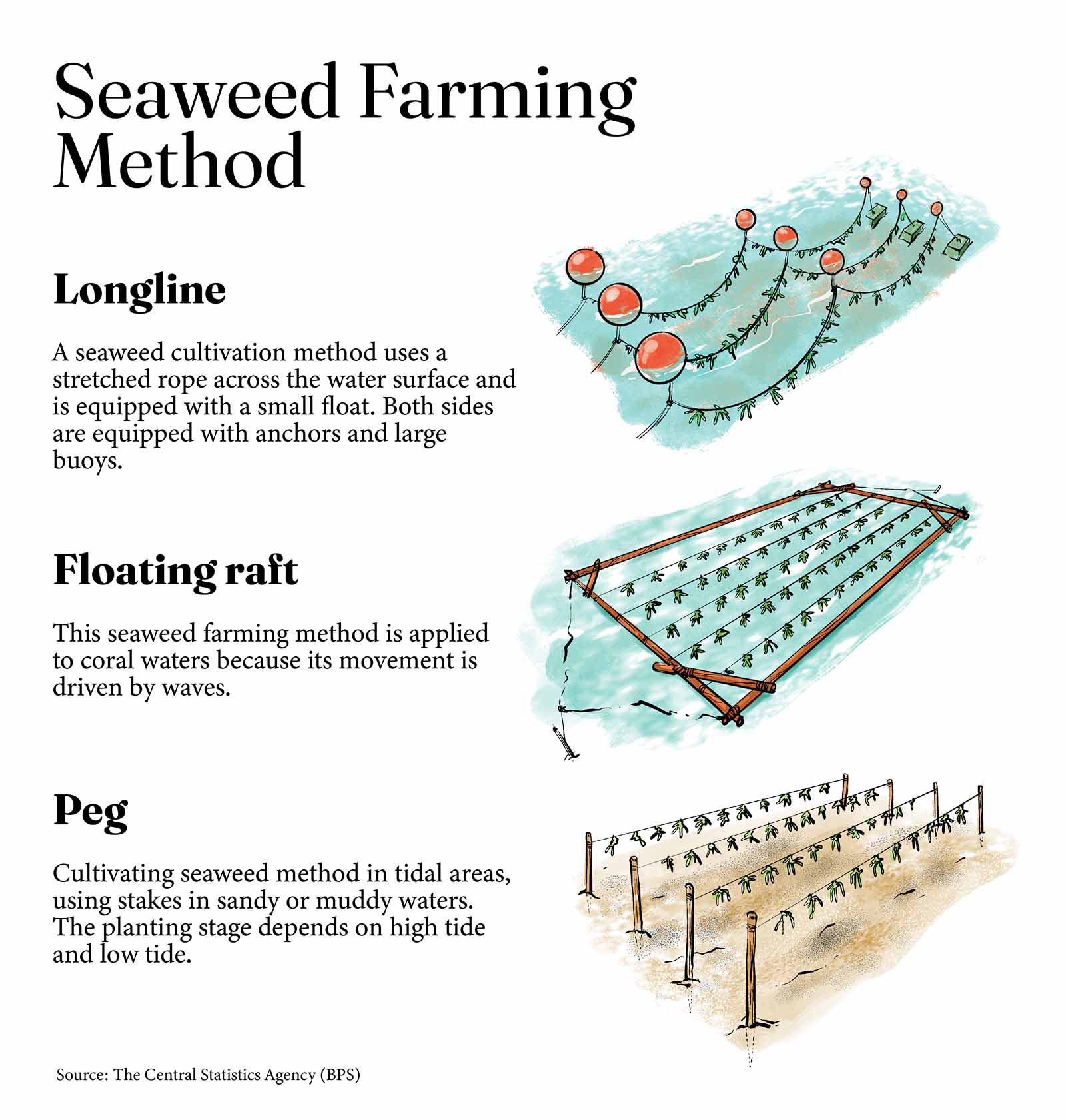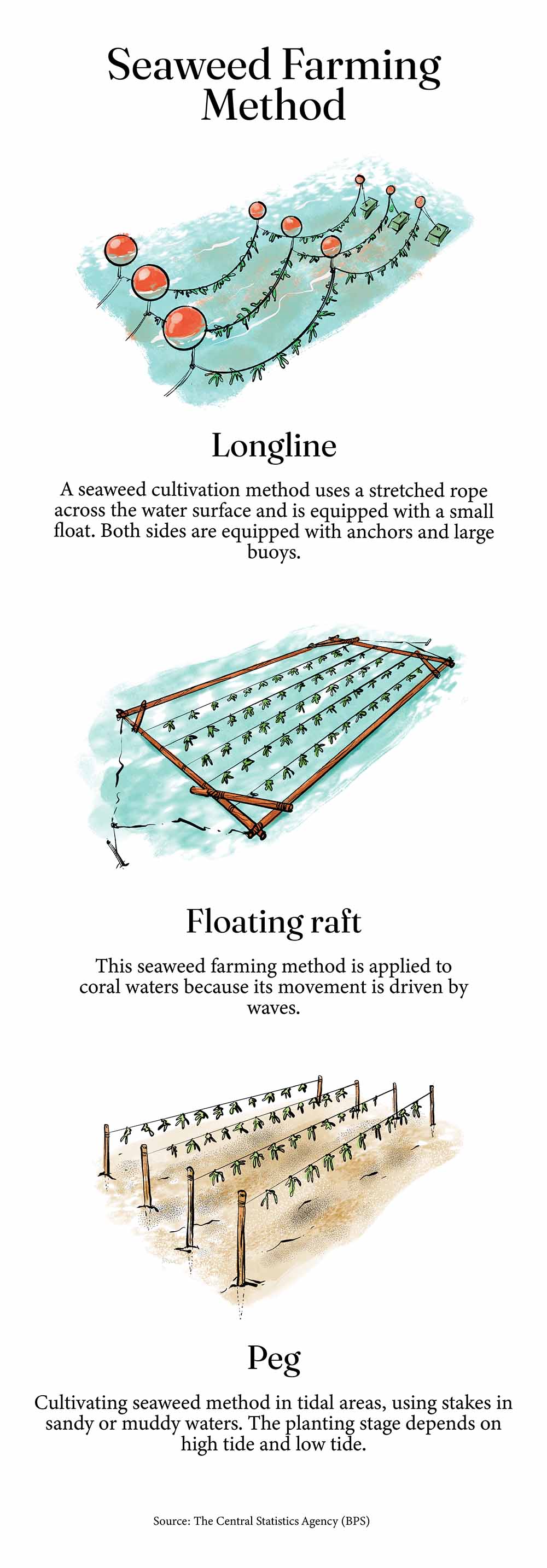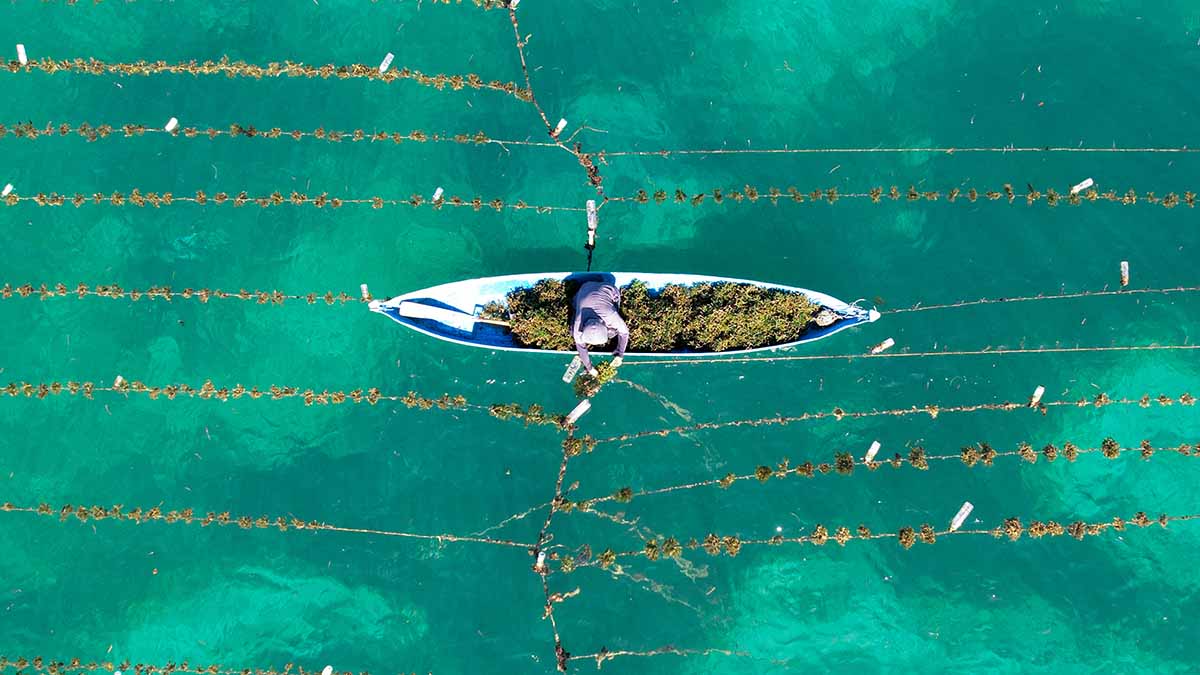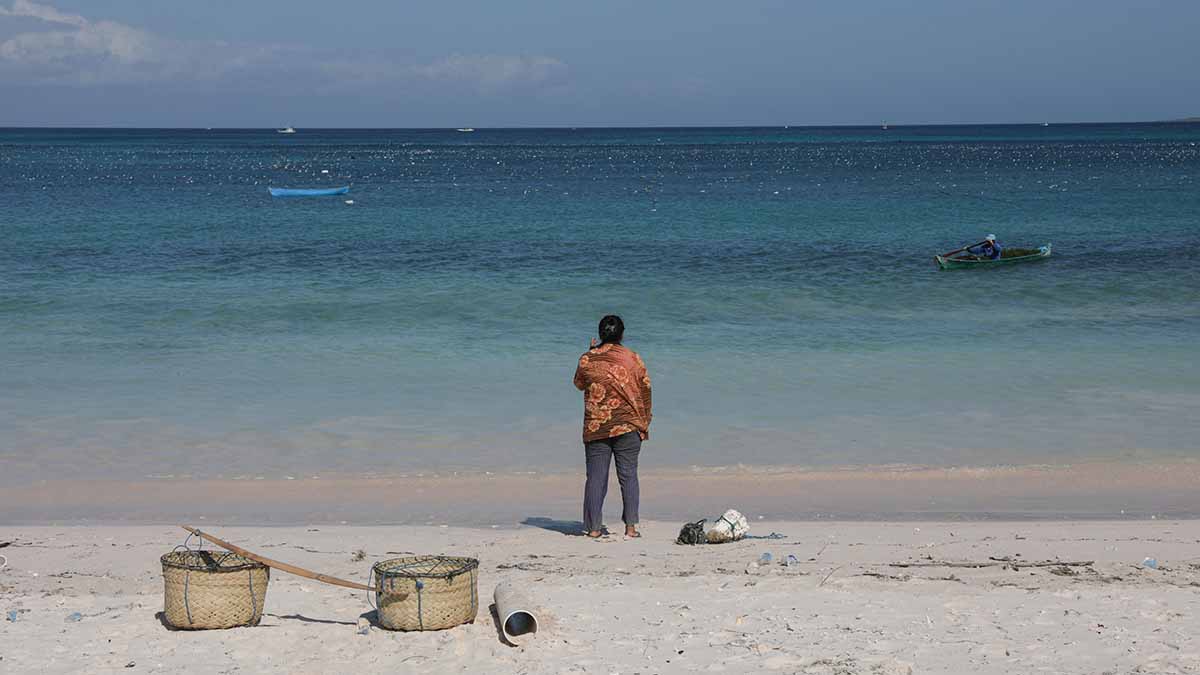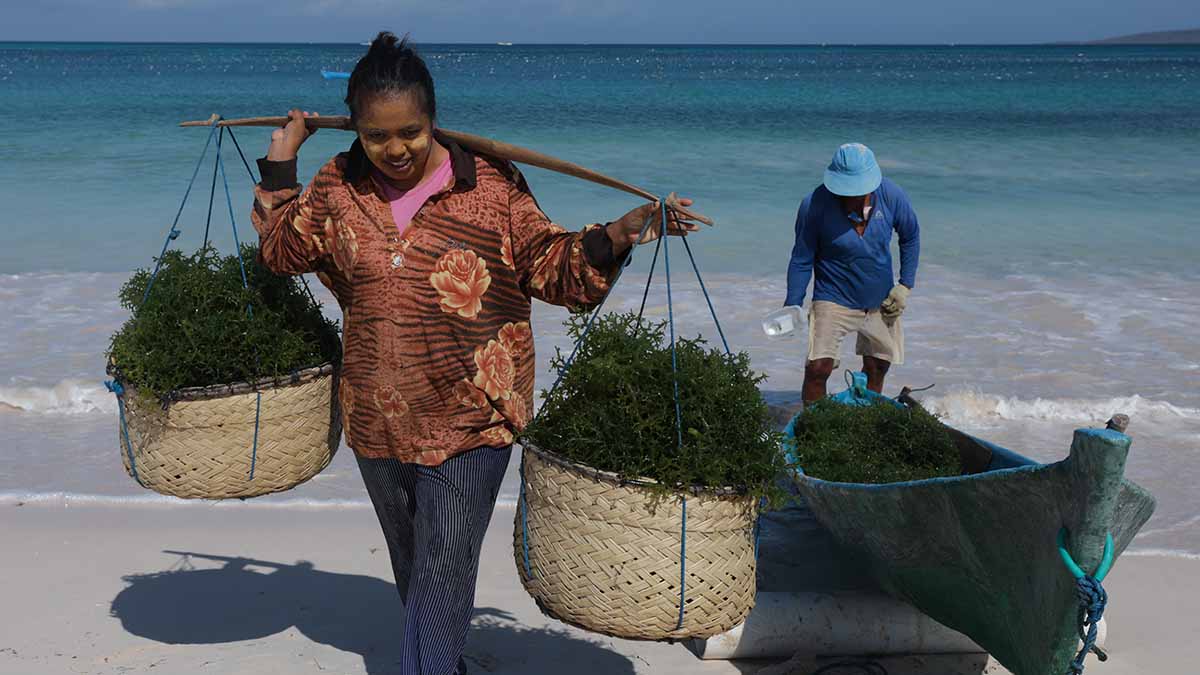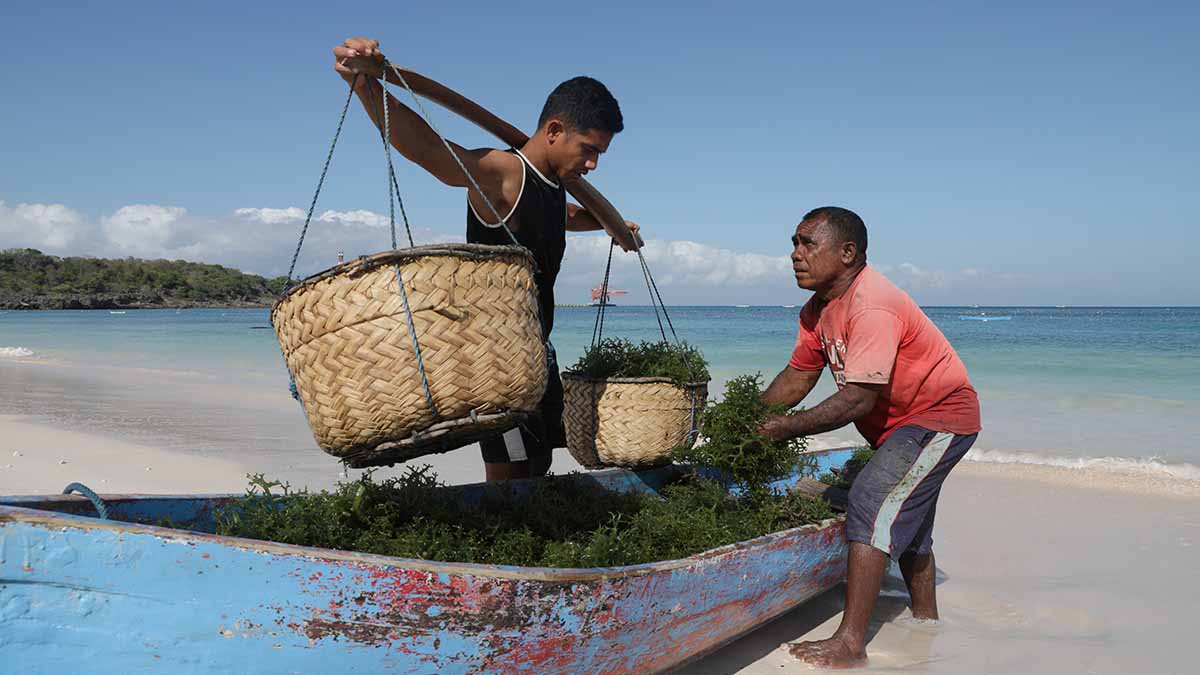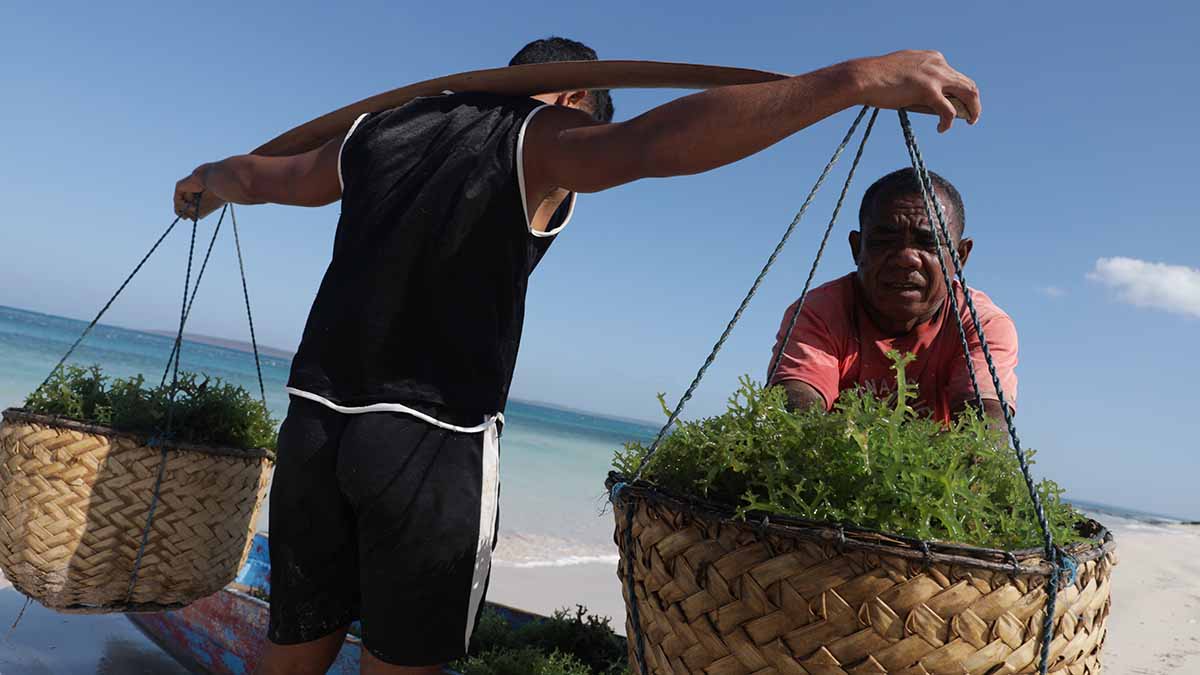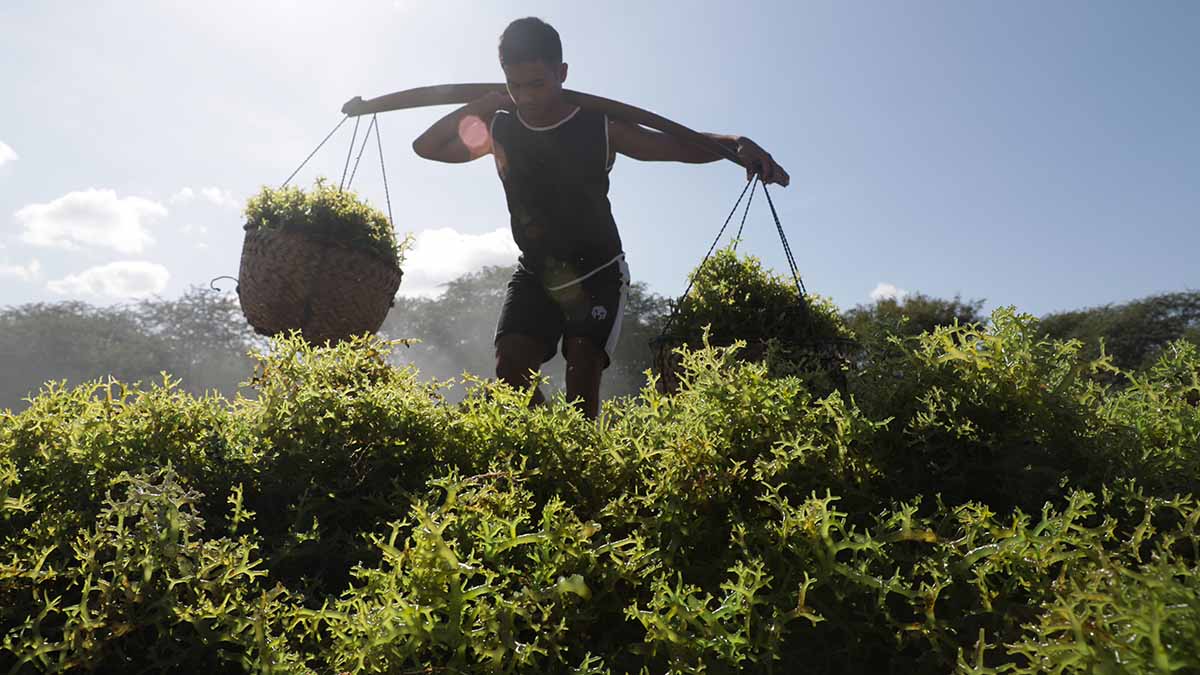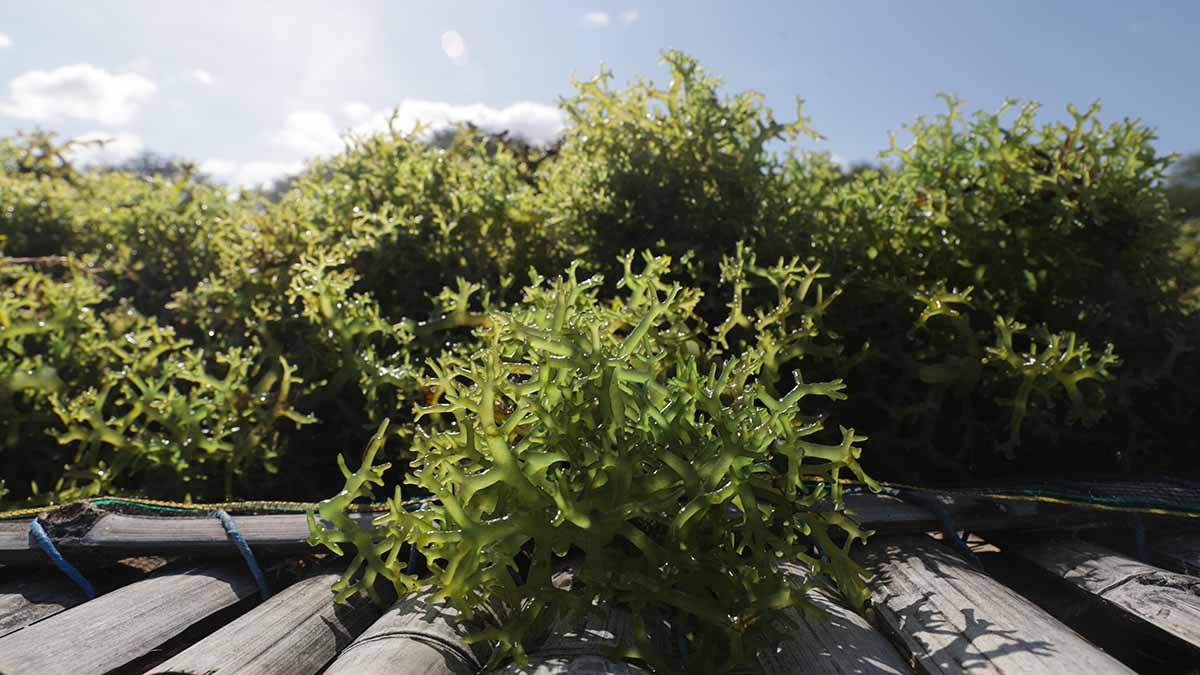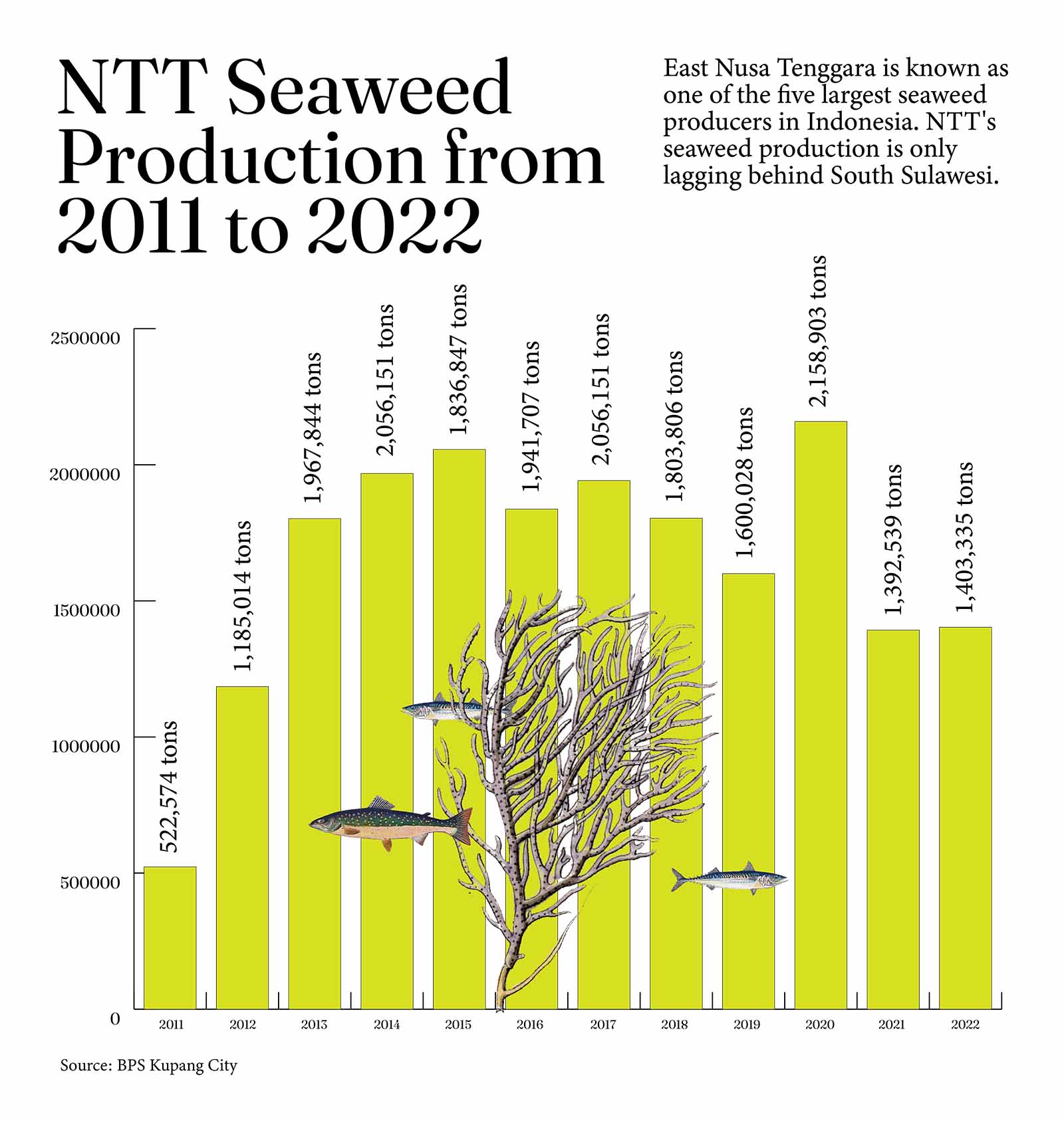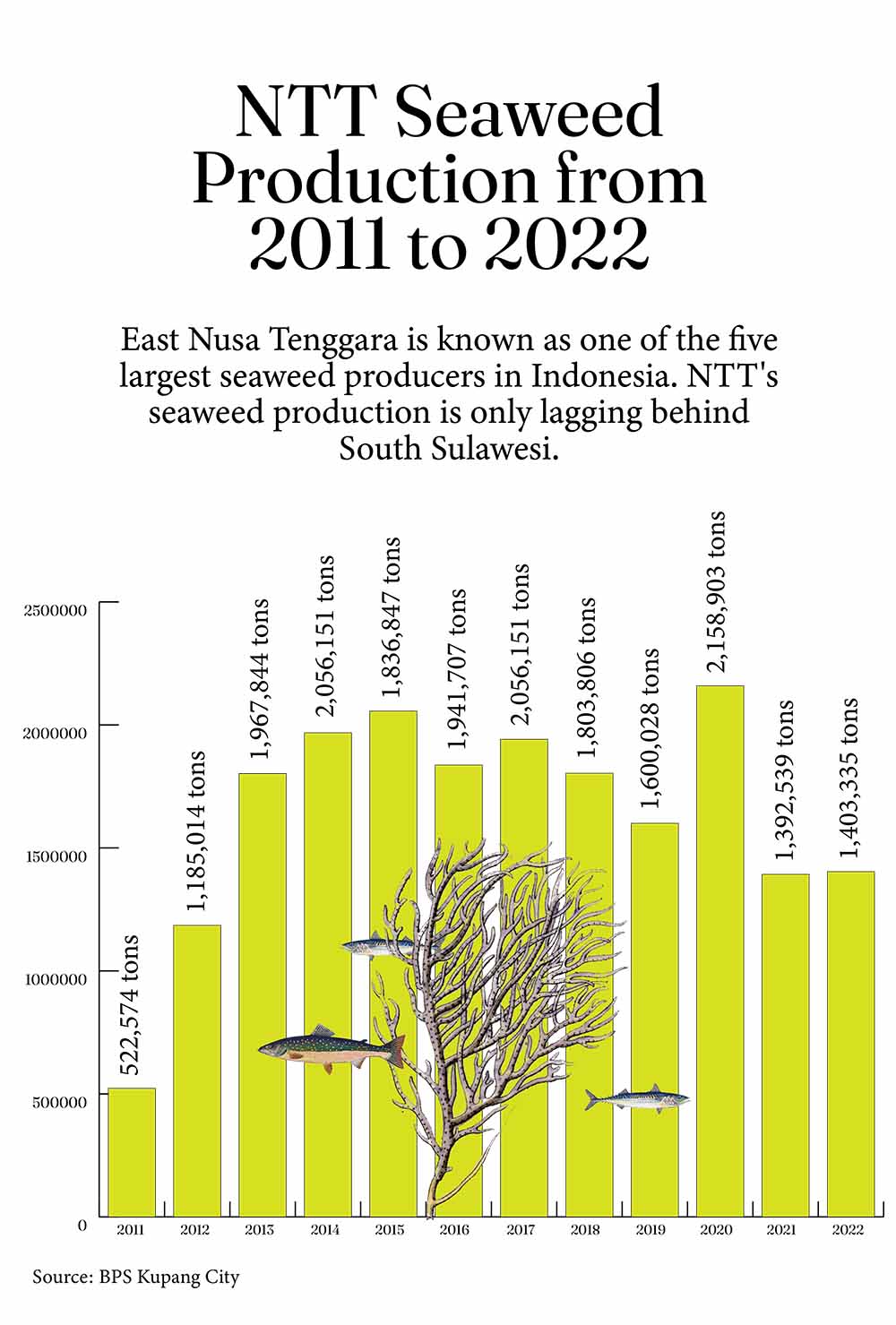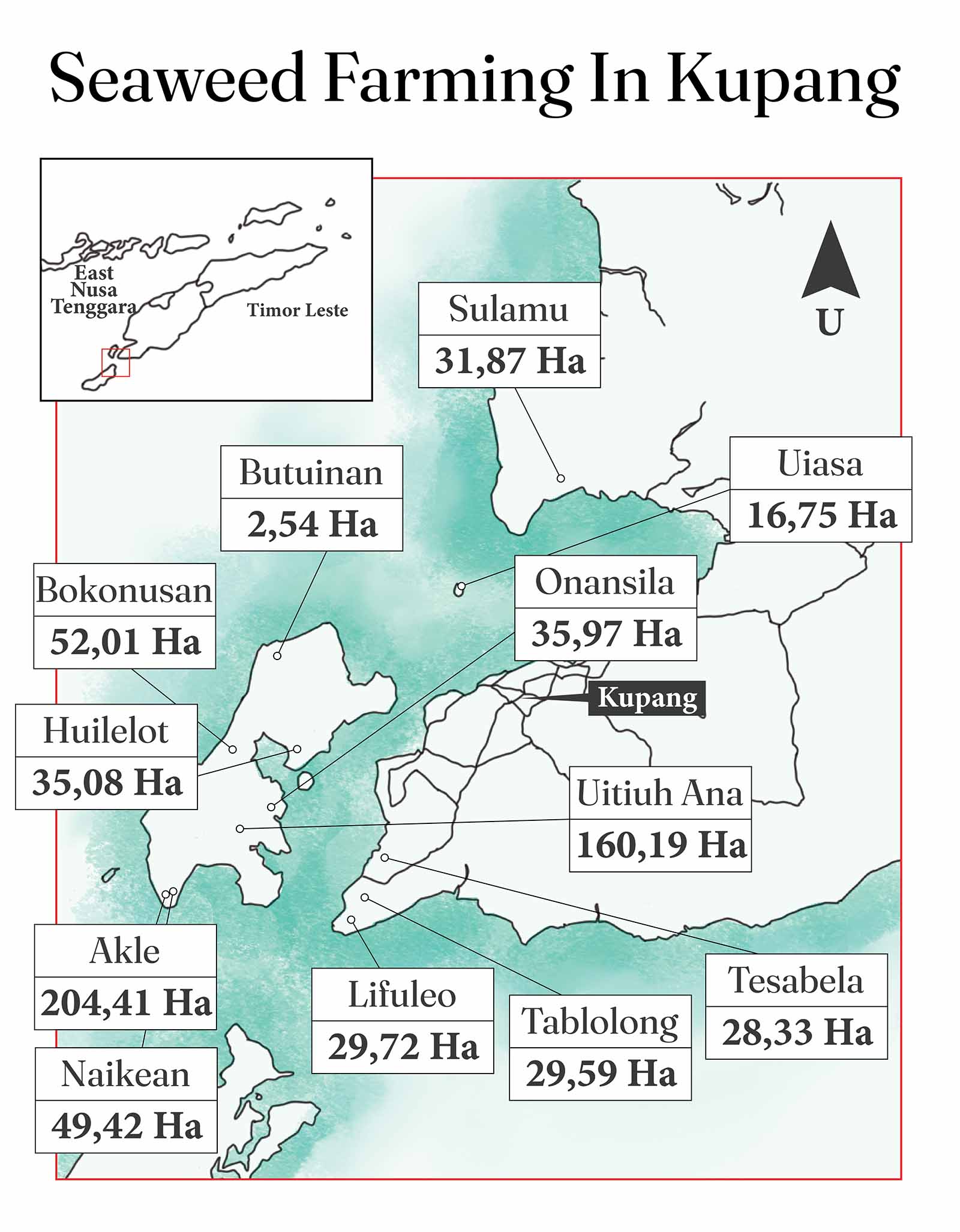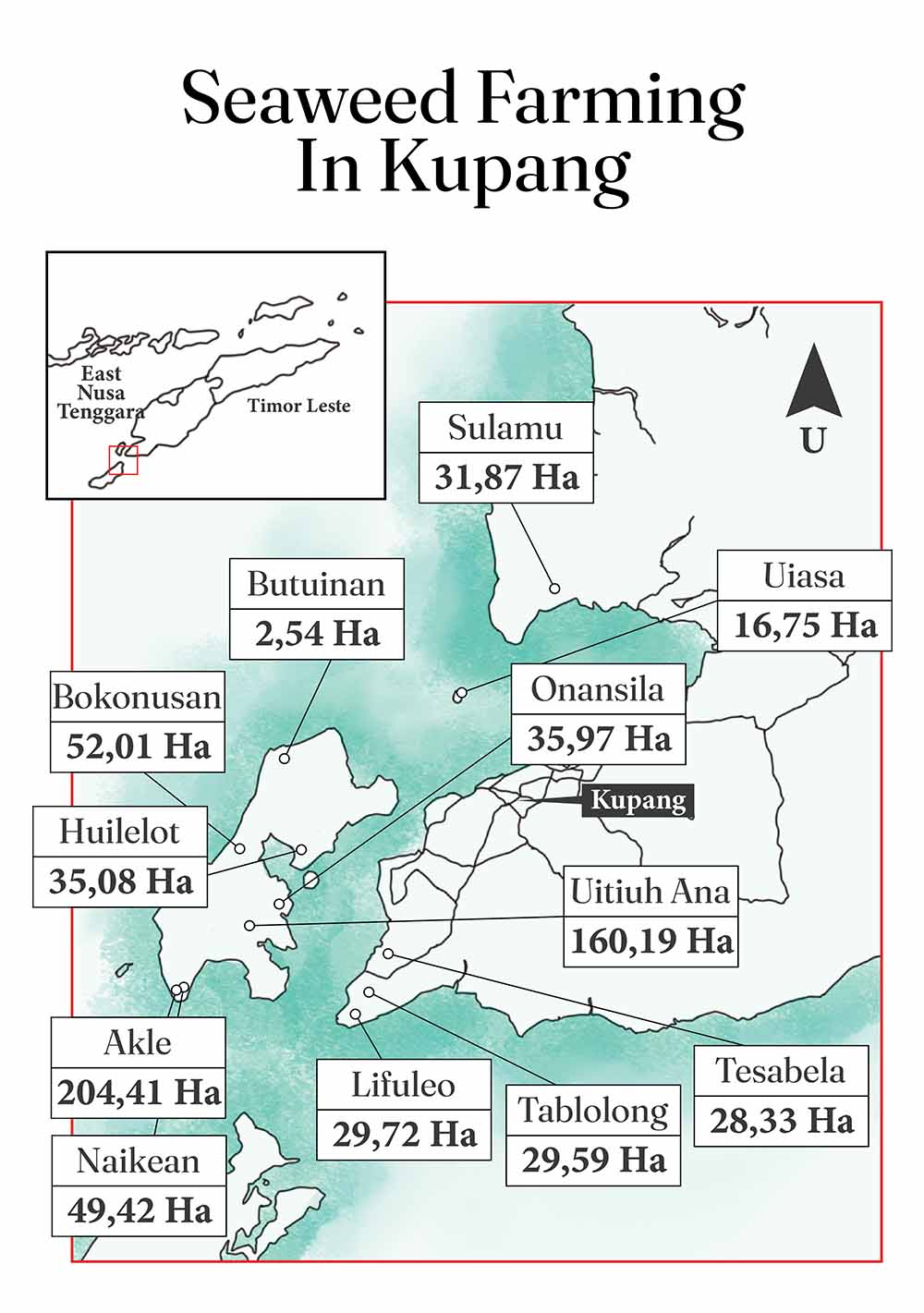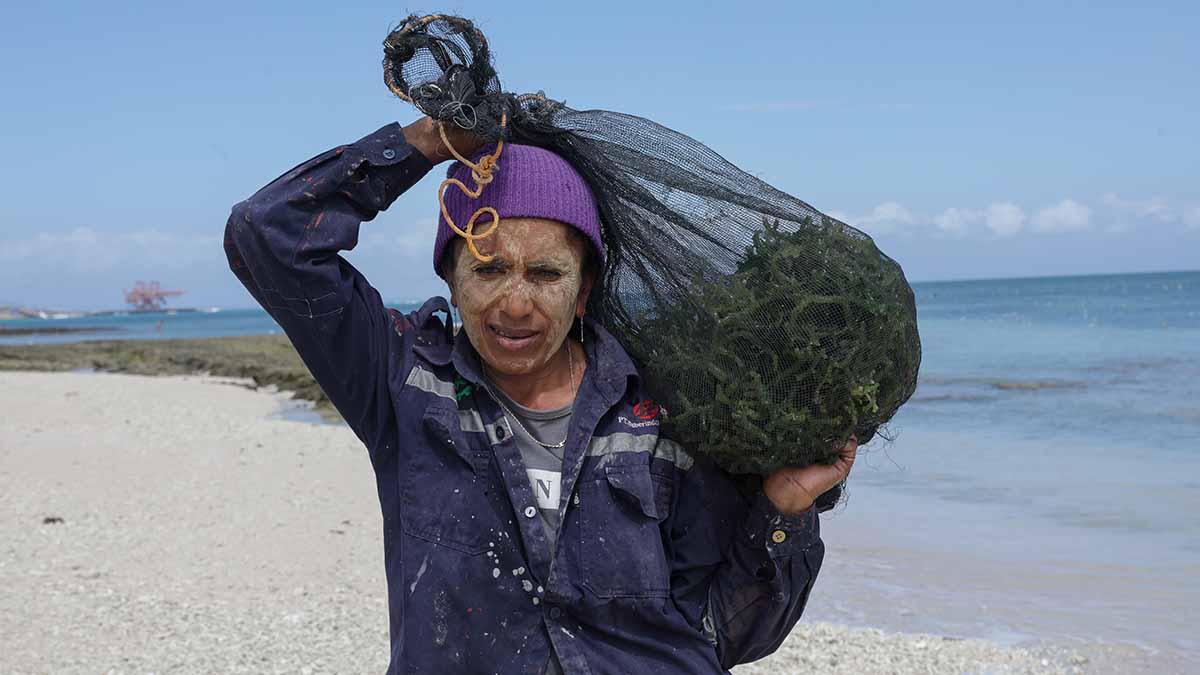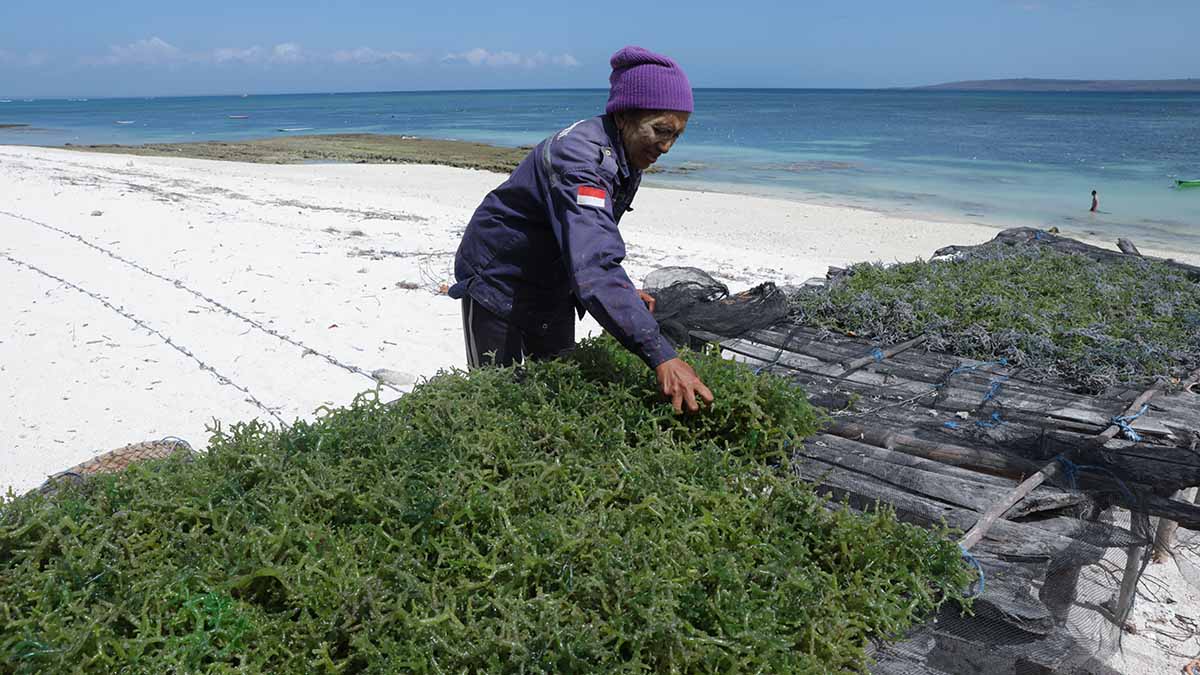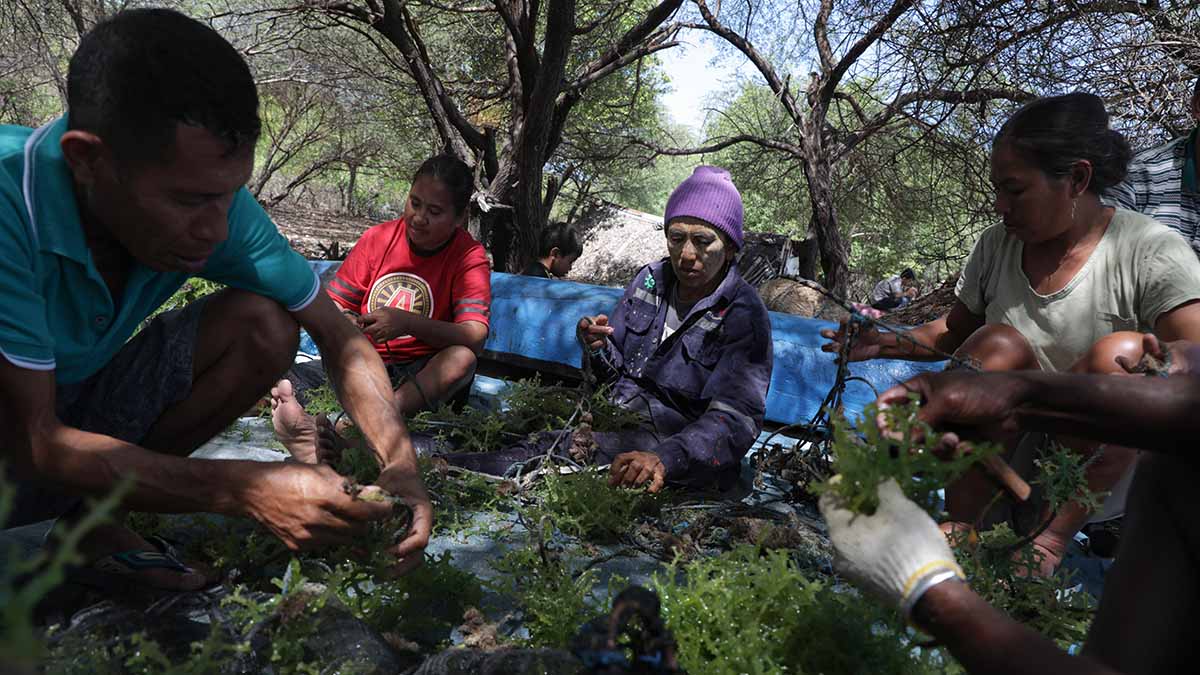Various research initiatives conducted by Konservasi Indonesia in collaboration with local universities, including Nusa Cendana University and Artha Wacana Christian University in Kupang, aim to provide scientific foundations for national and regional governments in creating policies and programs for communities and ecosystems.
The overarching mission is to support ecosystem protection while enhancing community productivity.
Hopes for improving seaweed cultivation and preserving coral reefs in Kupang waters have grown with the signing of a debt swap agreement between the Government of Indonesia and the Government of United States under the Tropical Forest and Coral Reef Conservation Act (TFCCA) program.
This debt swap program for nature conservation will focus on preserving coral reef ecosystems in the Lesser Sunda region (including NTT waters), the Bird's Head Seascape in Papua, and the Banda Sea. This agreement entails the cancellation of US$35 million (approximately Rp565,53 billion) of Indonesia’s debt in exchange for coral reef conservation efforts of the same value.
Konservasi Indonesia is part of the Oversight Committee which is responsible for compiling, directing, and supervising the TFCCA program. The TFCCA not only aims to establish new Marine Protected Areas (MPAs) and improve the performance of existing MPAs but also focuses on empowering communities, strengthening and increasing the capacity of conservation organizations, including central and regional government staff responsible for managing coral reefs.
Another key focus area is the rehabilitation of coral reefs and associated ecosystems such as mangroves and seagrass beds. Seaweed, as one marine cultivation system, is an integral part of the marine ecosystem.
“One of our main challenges in managing conservation areas and empowering communities is securing substantial financial resources. We believe that funds generated from this debt swap will improve conditions for coral reef conservation both within and beyond designated areas, while also supporting sustainable economic systems in the region,” said Meizani.
She emphasized that Konservasi Indonesia works as a partner for the government, not as a beneficiary or recipient of benefits under this agreement. "The real beneficiaries will be those in the region, including NGOs and universities that partner in managing and conserving coral reefs and sustainable economic systems, ultimately leading to a positive impact on the coral reef ecosystem," she confirmed.
Since 2022, Konservasi Indonesia has promoted sustainable business practices and innovative conservation funding through the TeKSI (Terumbu Karang Sehat Indonesia) program, in partnership with Conservation International and supported by GFCR (Global Fund for Coral Reefs).
